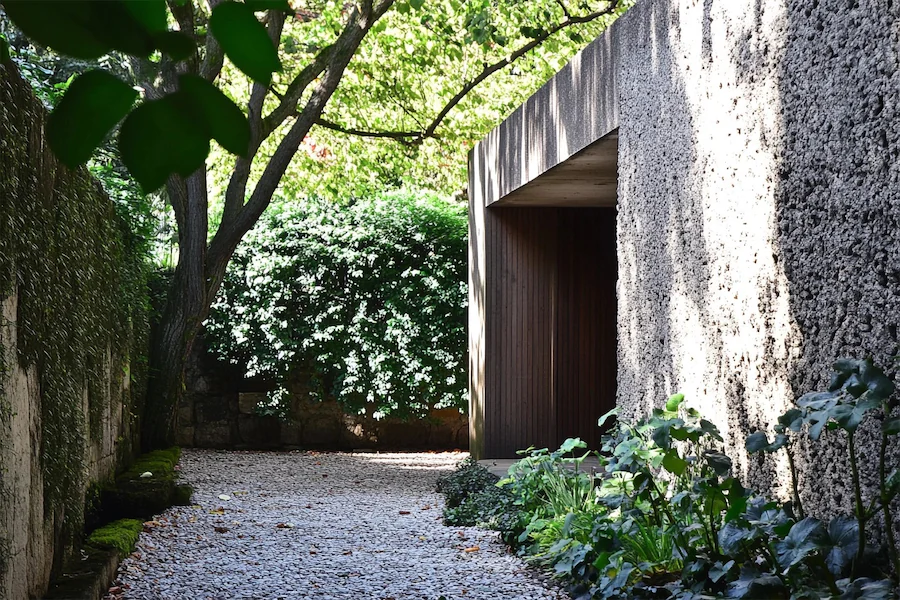Brutalist architecture, which emerged in the 1950s in the United Kingdom, is renowned for its stark, minimalist designs that prominently feature raw building materials and structural elements over decorative design.
Central to this style are Brutalist walls, typically constructed from exposed concrete, showcasing the material’s natural texture and emphasizing functionality and honesty in design.
History and Origins of Brutalist Walls
The term “Brutalism” is derived from the French phrase “béton brut,” meaning “raw concrete,” a concept popularized by architect Le Corbusier. Following World War II, there was a pressing need for cost-effective and rapid construction solutions, leading architects to adopt Brutalist principles. This approach facilitated the creation of utilitarian structures with imposing concrete walls that conveyed a sense of strength and permanence.
Key Features of Brutalist Walls
Brutalist walls are characterized by several distinctive features:
- Exposed Concrete (Béton Brut): Walls are left unfinished, highlighting the natural texture of concrete and the patterns created by formwork.
- Massive Geometric Forms: The walls often contribute to block-like, monolithic structures with repetitive geometric patterns, creating a fortress-like appearance.
- Functional Aesthetics: Emphasis is placed on the building’s purpose, with walls designed to be robust and utilitarian, often revealing the building’s structural framework.
Applications of Brutalist Walls
Brutalist walls have been employed in various types of buildings, including:
- Institutional Structures: Universities and government buildings, such as the National Theatre in London, utilize Brutalist walls to convey authority and durability.
- Residential Complexes: Housing projects like the Park Hill Estate in Sheffield feature Brutalist walls that provide a sense of solidity and communal identity.
- Cultural Facilities: Museums and theaters adopt Brutalist designs to create bold, memorable spaces that challenge traditional aesthetics.
Considerations When Choosing Brutalist Walls
When considering the implementation of Brutalist walls in contemporary architecture, several factors should be taken into account:
- Aesthetic Impact: The raw and rugged appearance of Brutalist walls can be polarizing; it’s essential to assess whether this style aligns with the desired visual impact and the surrounding environment.
- Maintenance: Exposed concrete surfaces may be susceptible to weathering and staining, necessitating regular maintenance to preserve their appearance and structural integrity.
- Thermal Performance: Concrete has high thermal mass, which can affect the building’s energy efficiency. Proper insulation and design strategies are required to optimize indoor climate control.
Conclusion
Brutalist walls are a defining element of Brutalist architecture, embodying principles of honesty, functionality, and monumental simplicity. While their austere aesthetic may not appeal to everyone, they undeniably make a powerful statement and have left a lasting legacy in the architectural world. Understanding their history, characteristics, and applications can inform thoughtful integration into modern design projects, balancing their bold presence with practical considerations.
